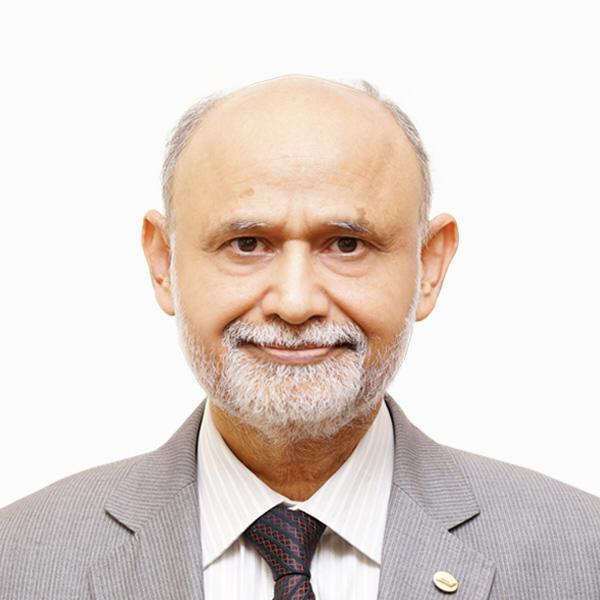Three years ago, on February 24, 2022, when Russia attacked Ukraine, most analysts believed that it may have made a similar mistake to what the erstwhile Soviet Union made in Afghanistan. Only a few countries supported the Russian invasion of Ukraine, and a handful remained neutral, while the majority opposed it at all forums.
Perhaps Russian President Vladimir Putin embraced my model of Decision-making and Scenario Building “Possibility-Probability” P2 Model, from my first international book, “Nuclear Deterrence and Conflict Management Between India and Pakistan” published in December 2020 by Peter Lang Publishing Inc., New York.
The P2 Model emphasises the careful evaluation of the intended operation. While everything is possible in this anarchic international system, the strategy adopted must consider its doability, desirability, preferability, and favourability. A brief look at the Russia-Ukraine war, which may be near an end after three years of fierce fighting which posed an existential threat to Ukraine, reveals that Putin was convinced that an attack on Ukraine was doable with Russia’s existing military capability. Moreover, in his assessment, the war was economically sustainable, and he could handle the international pressure that would come without a doubt.
Putin was well aware that his actions would never get a favourable response from the global community.
Putin should have stopped Ukraine from joining NATO, and it could only be done by force. Once he was convinced that force was the only option, an all-out military invasion became his preferred option. It is necessary to mention that Putin had declared Ukraine as his red line since 2008 and had insisted that he would never allow NATO troops on Russian borders. However, Sweden, notably Finland, which has a long border with Russia, joined NATO at the height of the ongoing war. Moreover, Putin was well aware that his actions would never get a favourable response from the global community, particularly the US-led Western World. However, he earned the resolute support of China, which remains on its side despite numerous sanctions.
On the eve of the third anniversary of this European War, Putin is contemplating declaring a victory because Trump’s intervention in the negotiations to stop the war is likely to fulfil all of Russia’s political objectives: Ukraine will never join NATO, Russia will not vacate the occupied areas, and all the sanctions on Russia and its companies will be lifted immediately following the peace deal. If that happens in the coming weeks, Putin can rightly declare a victory that once was seen as an illusion.
So, who blinked first? The debate will continue for decades like the one that started in the aftermath of the Cuban Missile Crisis of 1962. Many believe that US President John F. Kennedy won the round and made sure that the Soviets did not place the Intermediate Ballistic Missiles (IRBMs) on its shores in Cuba, strictly adhering to the Monroe Doctrine. However, many argue that the Soviet leader Nikita Khrushchev got the assurances that Cuba would never be attacked and Jupiter Missiles placed in Turkey aiming the Soviet’s territory would be removed.
Therefore, determining who blinked first directly relates to the accomplishments of political and military objectives. The outcome of talks during the Cuban Missile Crisis, which remained the most dangerous event of the Cold War during which the world was minutes away from a nuclear conflagration, reflected a win-win situation for both the superpowers.
From the US perspective, the Monroe Doctrine, which demanded that no offensive weapons be placed on the American continent, was ensured, and missile sites prepared in Cuba were immediately abandoned. However, from the Soviet’s perspective, Cuba remains an independent and sovereign state, and Jupiter Missiles was removed from Turkey following the agreement.
Moreover, the Cuban Missile Crisis led the two superpowers to understand the complexities of Mutually Assured Destruction (MAD), and they started to engage in Arms Control Talks that culminated in numerous Treaties and Agreements to ensure that severe crises do not happen again.
I am confident that following the end of the Russia-Ukraine War, several lessons will be drawn, and US-led NATO will never again dare to push a great power like Russia to the wall. The net loser at this stage is Ukraine because it has not only lost about 20 per cent of its territory but killed hundreds of thousands of its soldiers and suffered greater devastation to its infrastructure and its economy. However, it might still get a Marshall Plan for rebuilding because it was fighting a US-led NATO war against its arch-rival, Russia.
Consequently, I do not see any future for Ukrainian President Zelensky, who is single-handedly responsible for the destruction of Ukraine because he played in the hands of the European leaders to push his country to an unnecessary war.
The writer of this article has authored three international books: “Nuclear Deterrence and Conflict Management Between India and Pakistan” “South Asia Needs Hybrid Peace” and “Understanding Sun Tzu and the Art of Hybrid War.”
